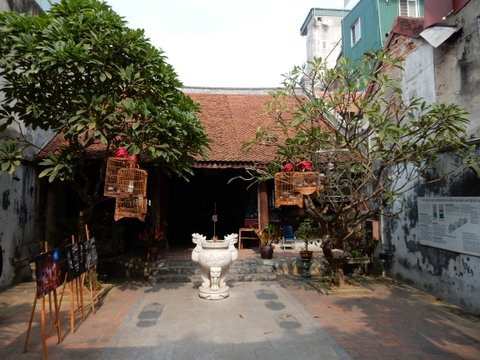If you have the 21st-century blues, if you feel the United States is not the country it used to be and never will be again, if you think the future belongs to Asia and we are going to be a footnote on the page of Chinese greatness, then relax. I have been reading a book that will cause you to bound from your bed, open up your window and shout with joy for being an American.
The book is “Flight of the Eagle: The grand strategies that brought America from colonial dependence to world leadership.” The author is Conrad Black, once the world's third most successful publisher, in terms of the number of newspapers published. Black's own trajectory across the firmament of public life is as exceptional in its way as is his loving told and invigorating history of America.
Black, the scion of a successful Canadian family, amassed a great fortune in Canada in mining and other business ventures, and then took on Britain. He bought the Telegraph Group, publisher of the Daily Telegraph and the Sunday Telegraph, that was failing under the governance of family ownership. The Daily Telegraph wasn't just another English newspaper: it was the esteemed newspaper of high Toryism. It was and remains, the newspaper of the establishment, conservative in policy and in its treatment of the news. Black also became proprietor of other British publications and a slew of American newspapers, headed by the Sunday Times.
In Britain, Black was known for the excellence of his newspapers. He was known also for his scholarship, which was demonstrated with major biographies of Franklin Roosevelt and Richard Nixon. He was known as wellfor his lavish lifestyle with grand homes in London, Toronto, New York and Florida, parties and private jets.
In 2001, Prime Minister Tony Blair granted Black a life peerage; he still holds the title of Lord Black of Crossharbour. Black had climbed as high as any man could climb it seemed.
Then he crashed.
Black was prosecuted by the U.S. Justice Department for payments that the government alleged were illegal kickbacks worth many millions of dollars, but which Black and his associates said were in the form of non-compete agreements in the sale of American newspapers. The Justice Department cried fraud, as did some outside investors, and Black was convicted. Some of the original charges were dropped on appeal, and Black served over three years in federal prison in Florida.
Black used his time in prison not to rail against the country that had brought him down, but rather to write “Flight of the Eagle,” an informed salute to it. When I asked him about this, he joked, “Are you referring to the time when I was a guest of the great American people?” In all, about half of the book was written in the prison library.
As an historian, Black is especially readable because history in his hands is narrative-driven. He doesn't mortgage the narrative to dates and statistics; the book is wonderfully free of long passages from historical documents, which often bog down the work of academic historians. Like a good journalist, Black takes time with the really interesting people of American history such as Benjamin Franklin and FDR.
Although a staunch conservative — who counts Rush Limbaugh among his friends, along with some others from the ramparts of the right — Black doesn't let his politics cloud his history. He says Hoover was a terrible president and that attempts to resuscitate his image are wrong. Black also says his friends, who supported President George W. Bush's policies, were mistaken. He is tepid about President Obama.
Black acknowledges the failures and evils in American history, including slavery, in the flight of his American eagle. Overall, he finds it a magnificent bird: free and brave and an inspiration to the world. He believes that it will soar over this century, just as it began to in the 18th century and reached great altitude in the 20th century.
Neither China nor India will bring America down, according to Black. He remains unsullied in his passion for America, even though he is barred from stepping foot in here and the IRS is trying to collect $70 million in alleged back taxes.
From experience, Black is hostile to America's prosecutorial legal system. But also from experience, he wants to know why Americans pay twice as much for health care as other countries like Canada and Britain, where everyone is covered. — For the Hearst-New York Times Syndicate







